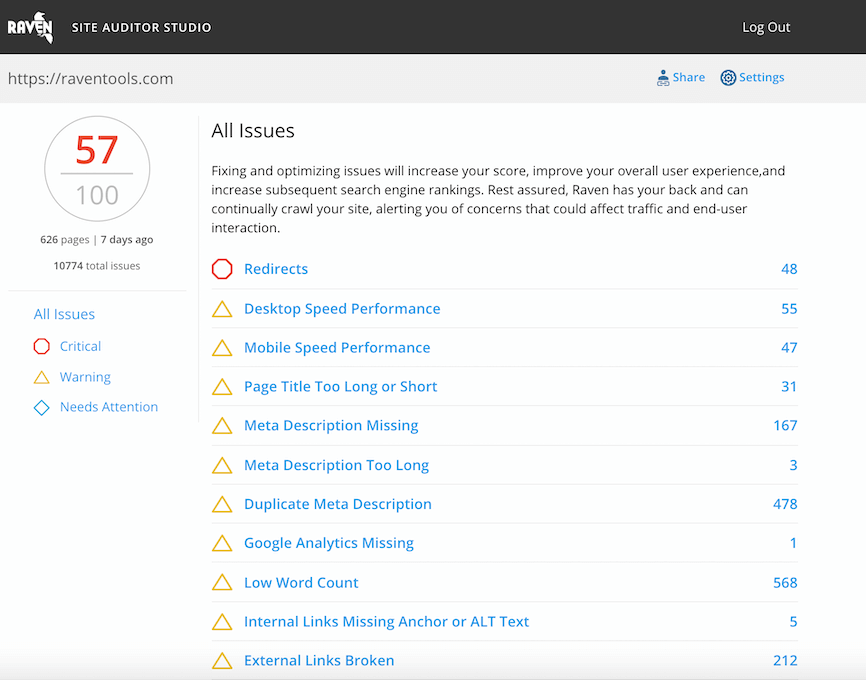Designing a website is both a creative and technical process that involves a lot of steps and phases, from brainstorming ideas on Day One to the day the site goes live.
But even then, the job isn’t done. There will always be improvements to make based on the feedback of your customers and/or site visitors.
Now, this won’t be the first time you’ll be making changes based on the feedback of others. However, this will be the first time you’ll get feedback from your actual audience instead of just hired testers and internal test groups — and this is where A/B testing comes in.
What is A/B testing?
A/B testing, which is also called split testing, is a technique that’s used to determine which changes made on certain variables on your site will produce better results. It’s a relatively simple test, because as its name suggests, there are only two choices being presented: A or B. Because of its simplicity, you can determine right away which variable on your site caused changes in traffic or conversion.
Aside from website design, A/B testing is also used in email marketing campaigns and in advertising images and materials.
What variables can I test?
There are many variables on your site that you can test: headlines, calls to action, colors, offers, fonts and plenty more. When it comes to choosing which ones, it’s all pretty much up to you. To help you get started, here’s a list of elements that you can look into for testing:
- Headers: Some sites have headers with navigational menus, while others don’t. You can also tinker around with your site’s logo, banner ads, and search bar placement.
- Content: The tone of the content on your site plays a huge role in conveying your message to your audience. You can choose to use a more conversational tone or a formal one. Try tweaking the wording on a headline or an offer.
- Layout: How a site looks at first glance to a visitor makes a huge impact. You can move your content and images around and reposition different elements to see which arrangement will work best.
In each of these variables, you can also take things one notch further by considering the specifics of what’s going on in each of them. For example, you can play around with the positioning of the images within the banner on your headers. You can also try out different color themes and variations on the entire site, as well as add or remove menus, fields, and sections as you see fit during this process.
How Is A/B testing done?
Once you’ve decided which variables to test, then the rest of the process is straightforward. In the stricter sense, A/B testing only calls for one change to be made per test. However, some choose to test out a number of variations at a time. This is fine, too, although determining which single element was able to produce the results would prove to be a bit more difficult.
The next step is to create the two variations for the element that you’ve chosen to test. Upload both versions to your server, then install a script that will serve one of the two versions to your visitors. A useful tool for A/B testing is Google’s Website Optimizer. This online resource is available for free and can be used to conduct a range of tests to determine what would make your site perform better. You can also hire a third-party provider or developer to do the testing for you instead.
After A/B testing…what’s next?
Once the test is completed, you can analyze your results using statistical methods to determine if you were able to get usable data. Reliable data is pegged to have a confidence level of at least 95%. If the data you obtained fit or exceeded this, then you can go ahead and implement the design that was able to garner better results with confidence. If not, keep testing.
Your work still isn’t over, though – even when all your initial tests are complete. To keep up with trends and changes in the industry, you’ll likely have to do some work to keep your site updated. Many sites constantly conduct tests and implement changes in order to remain at the top of the game.

Analyze over 20 different technical SEO issues and create to-do lists for your team while sending error reports to your client.



